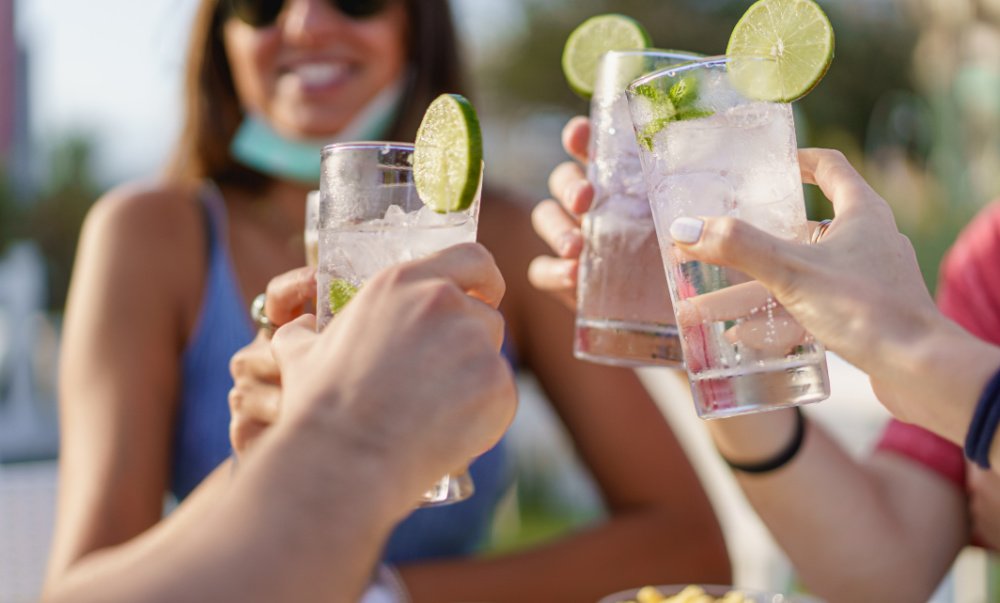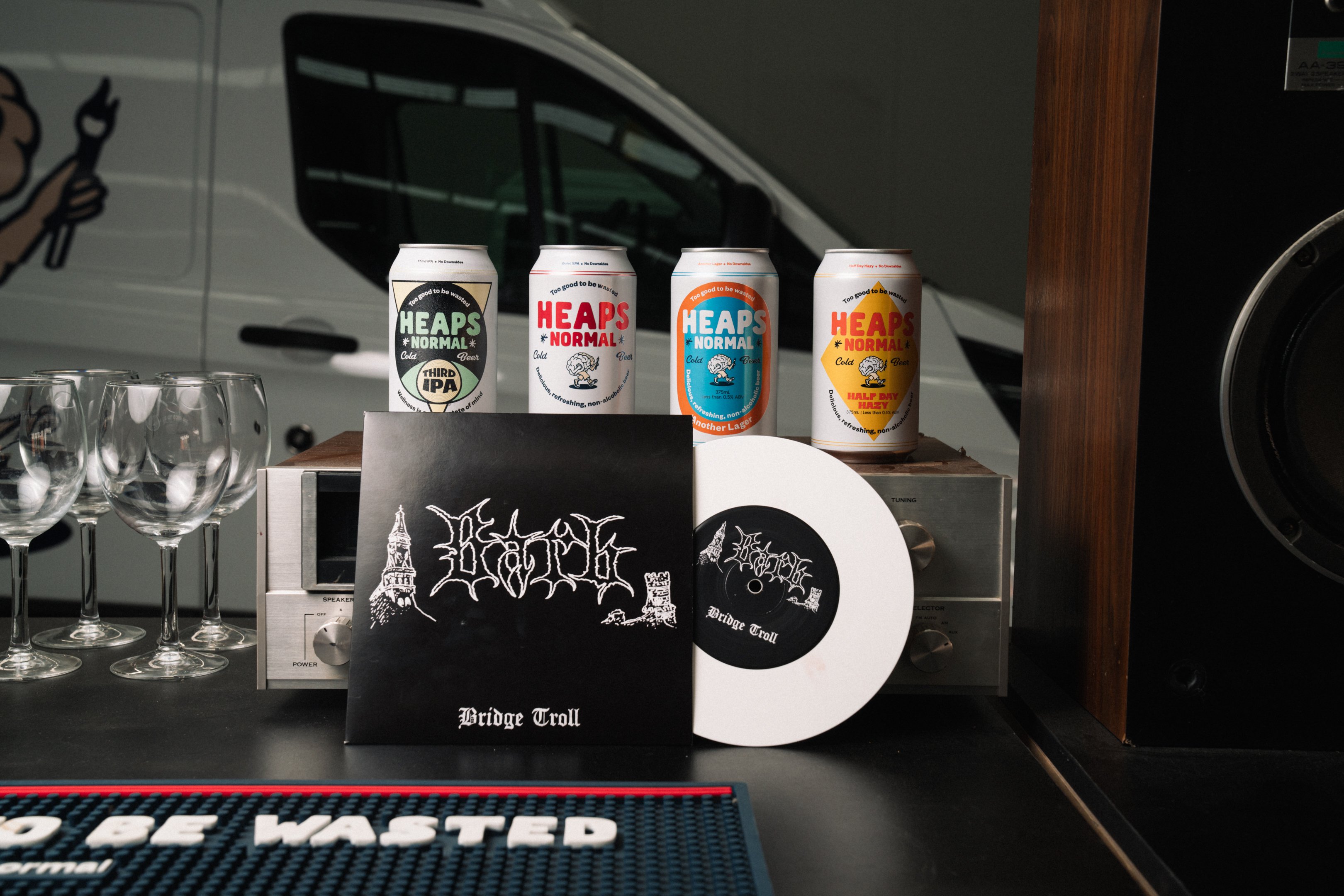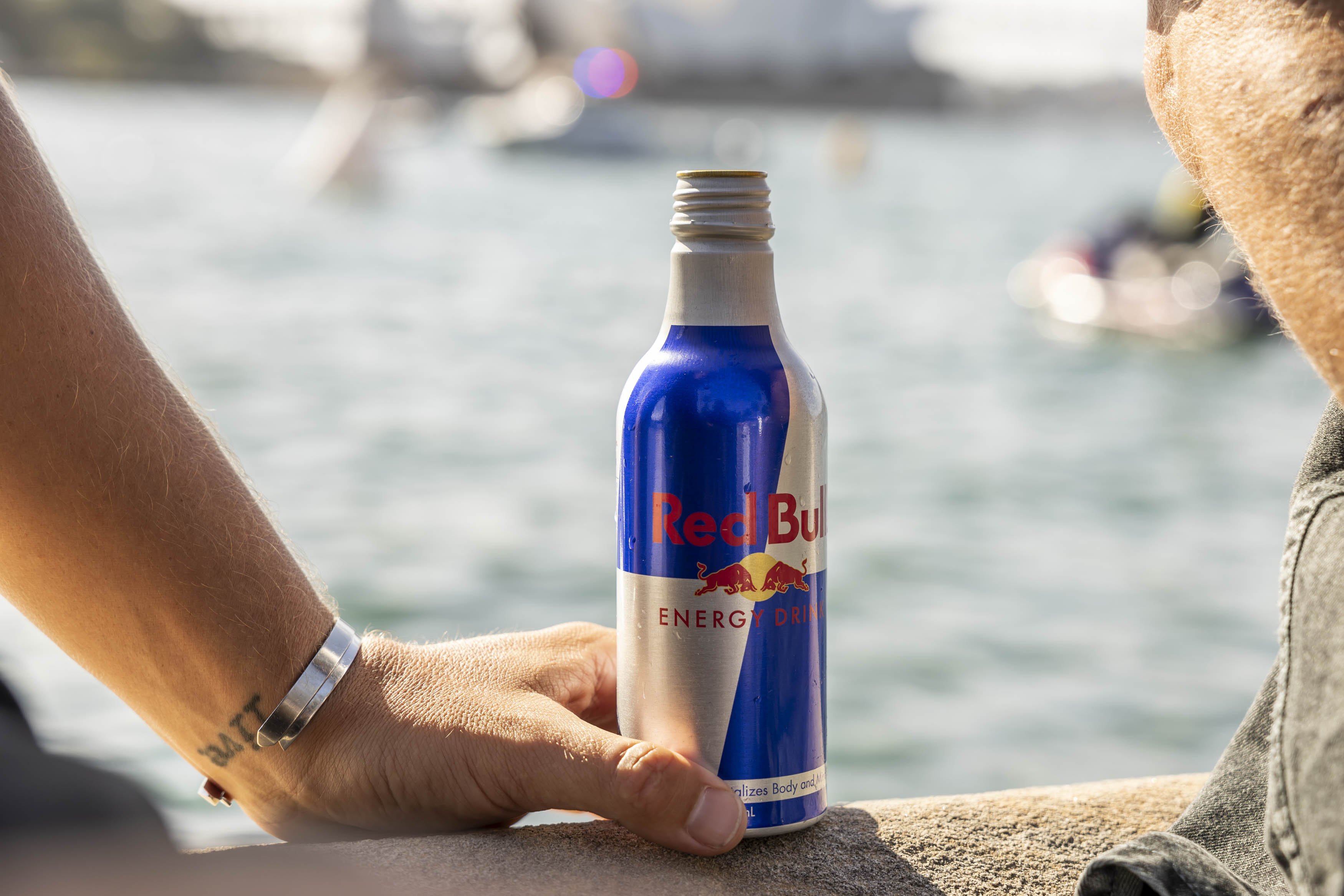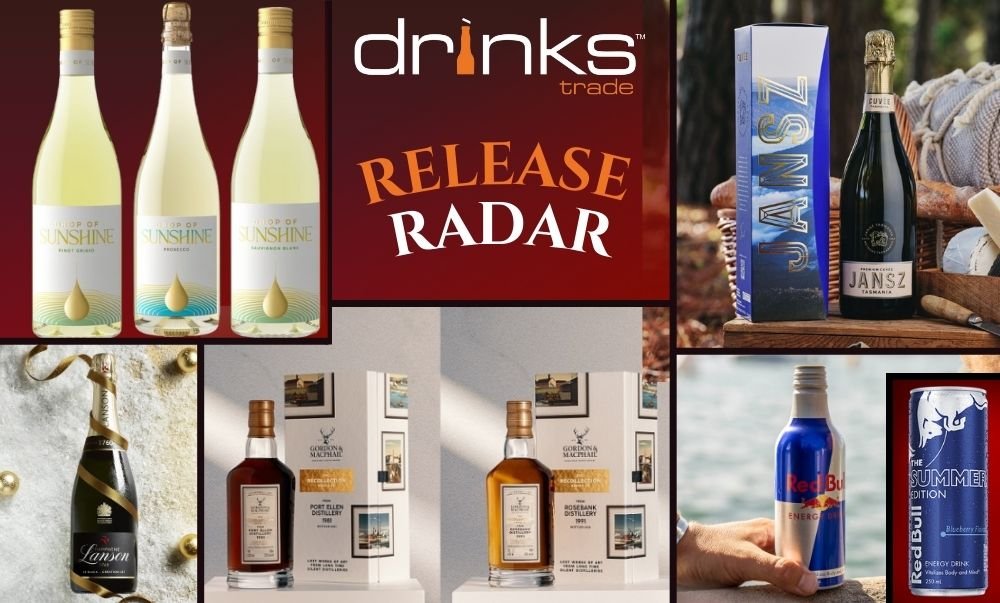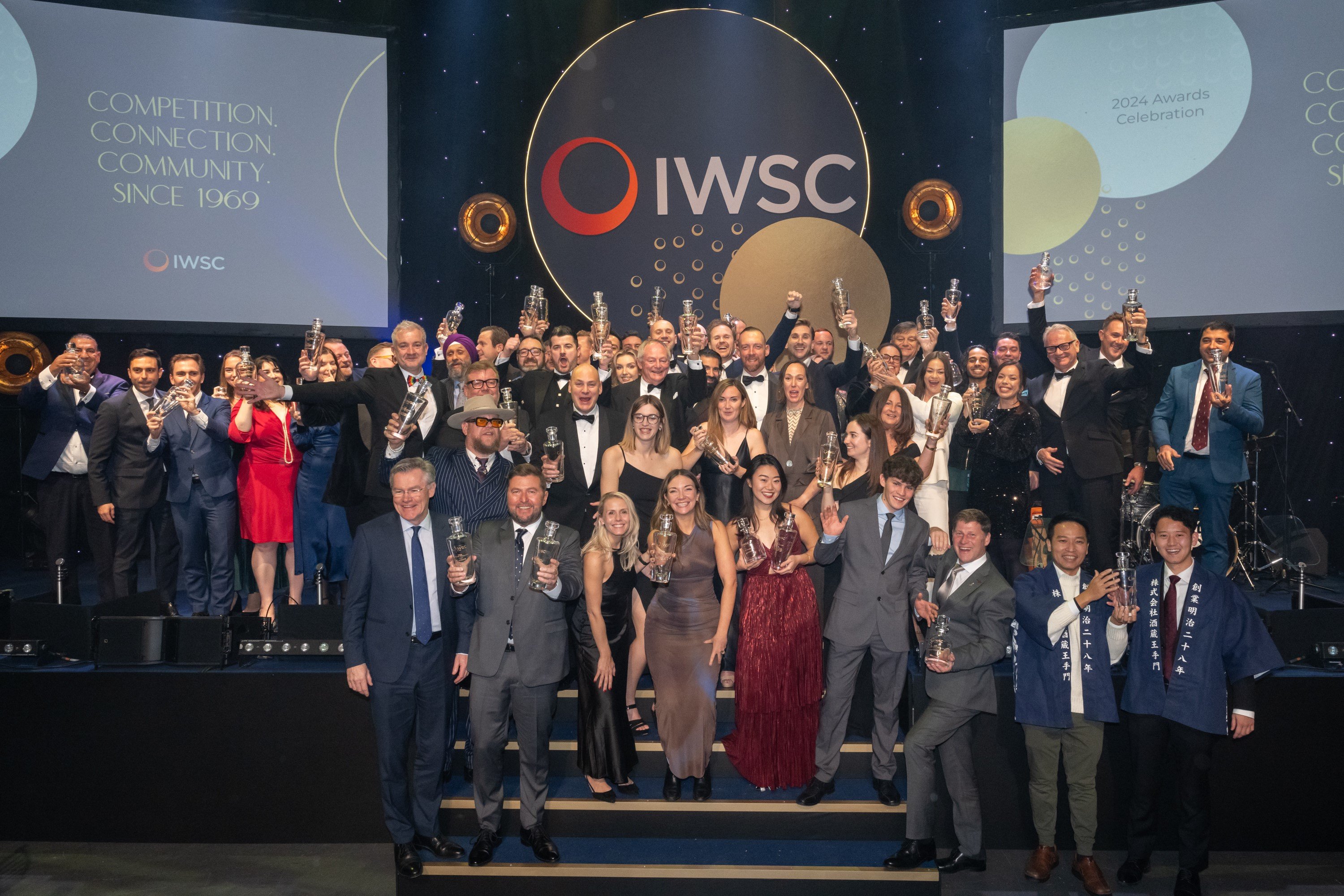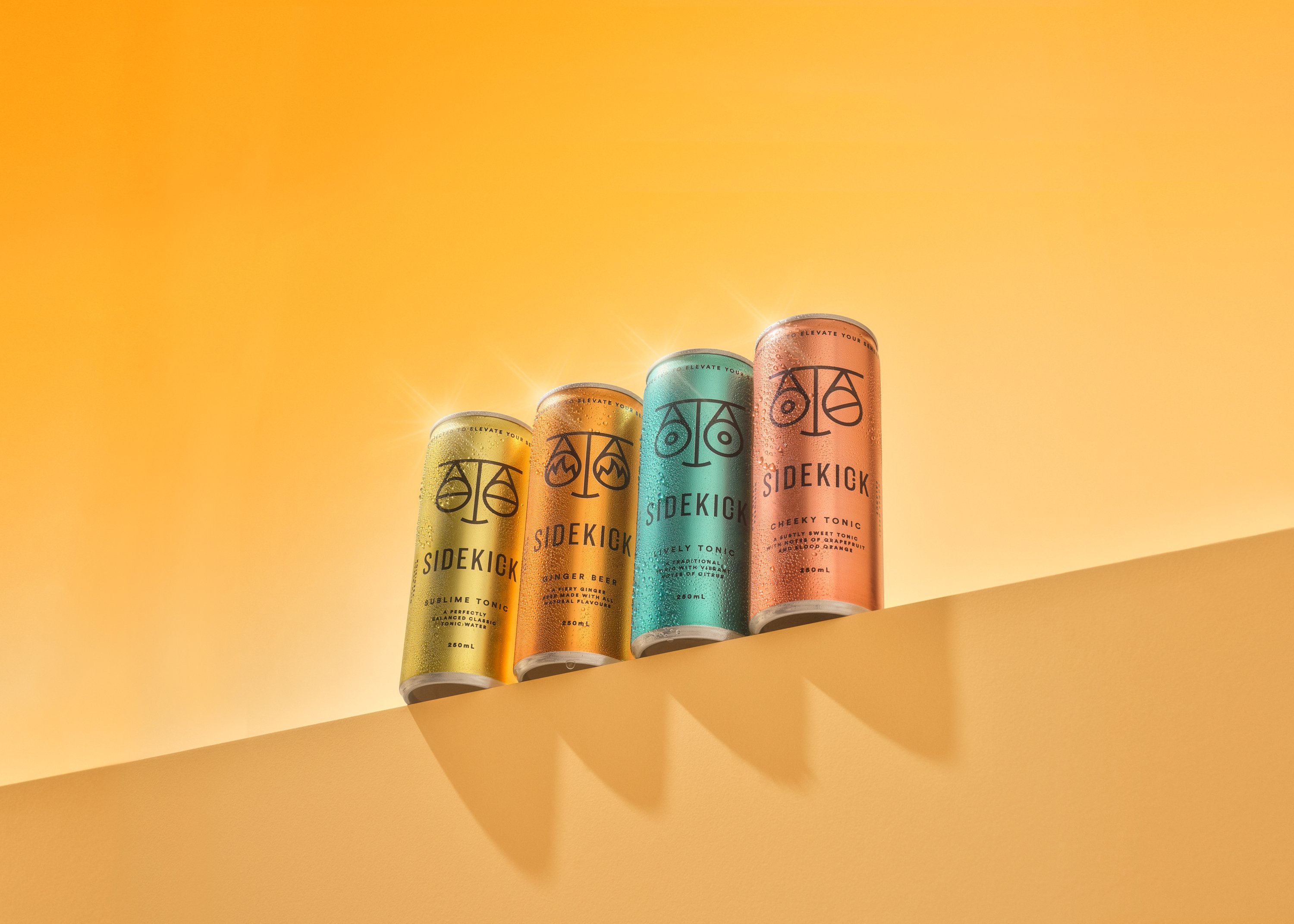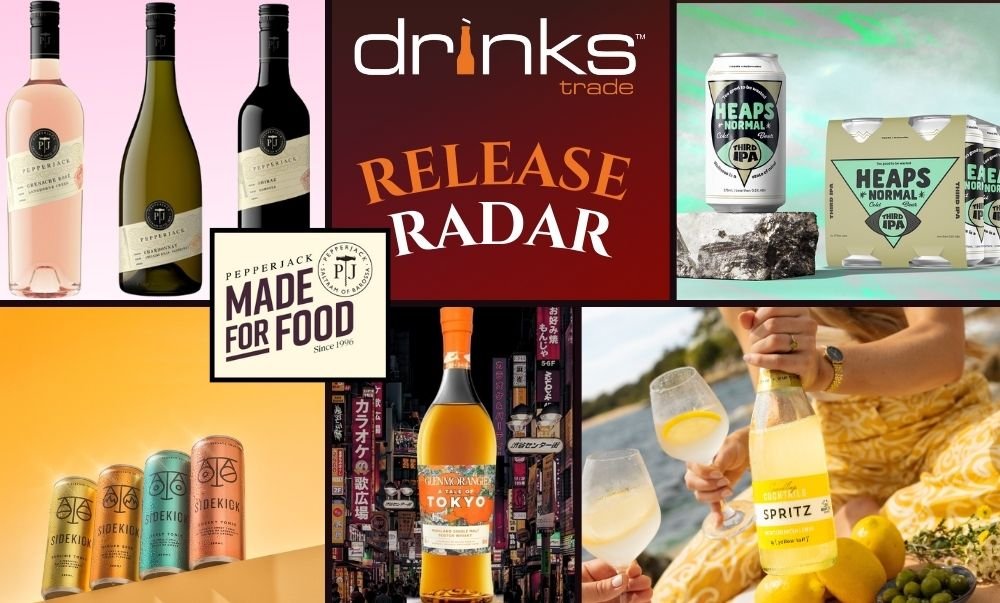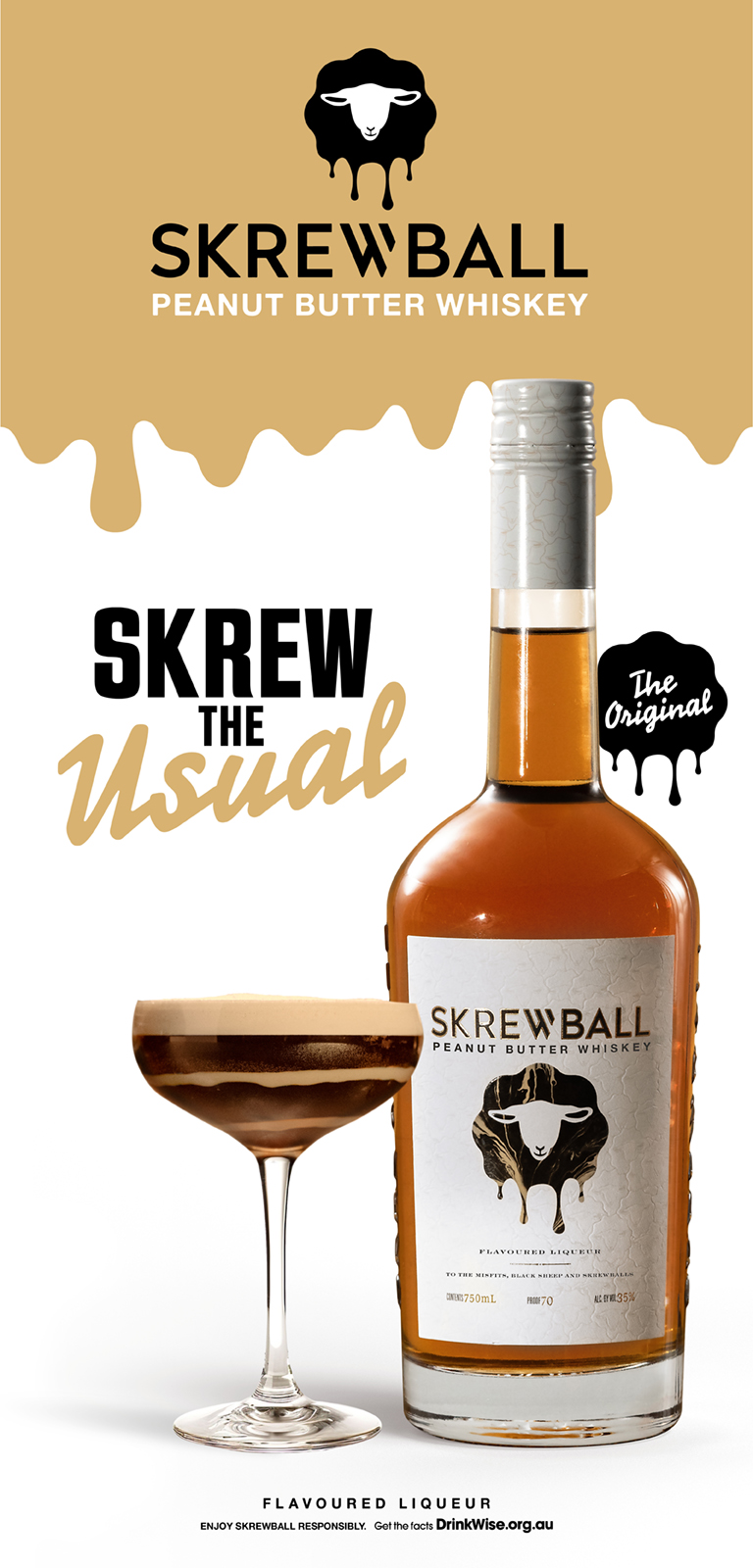The most recent IWSR data reveals that low-alcohol volumes dominate the evolving no/low-alcohol category in Australia. However, in 2023, no-alcohol experienced double-digit growth, seizing almost 80% of low-alcohol volumes, notably at the expense of the low-alcohol beer segment.
In Australia, Millennials continue to constitute the largest proportion of no/low consumers. They are significantly more inclined than all no/low buyers to be classified as 'Blenders'—those who switch between no/low products and full-strength alcohol on the same occasion.
Globally, the top 10 no/low markets, representing approximately 70% of global no/low-alcohol volumes, saw a 5% volume growth in 2023, pushing the market's value beyond USD 13 billion.
The no/low-alcohol category is anticipated to grow at a volume CAGR of 6% from 2023 to 2027. This growth is led by no-alcohol at 7%, while low-alcohol is expected to expand by 3% over the same period.
Despite a slightly slower growth rate compared to previous years (no-alcohol grew at a volume CAGR of 8% between 2019 and 2023), the no-alcohol category continues to attract new consumers. Nearly 17% of all no-alcohol consumers in the past year were newcomers, while for low-alcohol, the figure is 16%. This trend is particularly noticeable in emerging markets such as the US and Canada, with younger legal drinking age cohorts being the most recruited.
Susie Goldspink, Head of No- and Low-Alcohol Insights at IWSR, notes, “As no/low-alcohol becomes a more established part of the beverage alcohol landscape, growth is slowing after a peak in 2020 to 2021 – but the category is poised for robust gains in the coming years, spearheaded by no-alcohol and persistently strong recruitment levels.”
No-alcohol presently constitutes two-thirds of the no/low-alcohol category volumes, with 72% of that comprised of beer/cider. It continues to capture share from traditional alcohol, and IWSR predicts that no-alcohol will represent nearly 4% of Total Beverage Alcohol (TBA) volumes across the top 10 markets by 2027.
Anticipated future growth in no-alcohol will be primarily driven by less developed markets like Canada, the US, Australia, and Brazil. However, mature markets like Germany and Spain are expected to grow at a CAGR of only 2% from 2023 to 2027, with Japan forecasted to grow at 5%.
Goldspink states, “In terms of growth opportunities, there is now a clear disparity between more mature and lower-penetration markets. Countries that are more established in no/low tend to skew towards older consumers, higher alcohol avoidance rates, and lower no/low repertoires. Higher-growth markets generally have lower no/low penetration and a greater share of younger LDA consumers who have a higher tendency to moderate and participate more in no/low categories.”
IWSR's consumer research indicates that new entrants to no/low are also contributing to increased consumption frequency. While approximately half of new entrants are frequent no/low purchasers, the figure drops to less than 40% for 'experienced' consumers. New entrants are also more likely to seek an increase in their no/low consumption in the future.
*Note: The T10 no/low-alcohol markets include Australia, Brazil, Canada, France, Germany, Japan, Spain, South Africa, the UK and the US, which combined account for approximately 70% of global no/low-alcohol volumes.
Share the content
